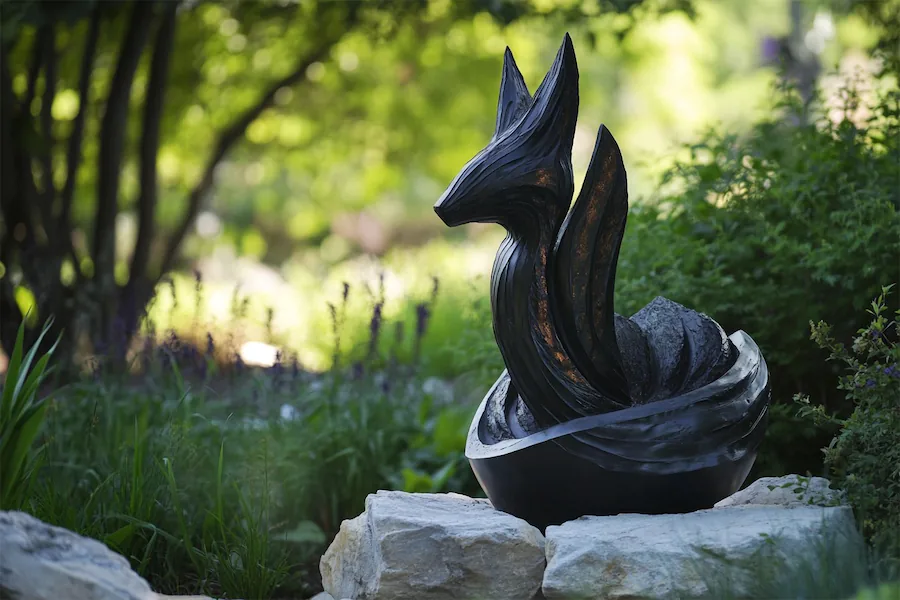A sculpture garden is an outdoor space where art and nature converge, featuring sculptures thoughtfully integrated into the landscape. These gardens offer visitors a unique experience, allowing them to appreciate art in a natural setting.
Key Features of Sculpture Gardens
Sculpture gardens are characterized by several distinctive features:
- Artistic Integration: Sculptures are strategically placed to complement the surrounding environment, creating a harmonious blend of art and nature.
- Diverse Art Forms: These gardens often showcase a variety of sculptures, ranging from classical to contemporary styles, crafted from materials like metal, stone, or wood.
- Interactive Spaces: Many sculpture gardens are designed to encourage visitor interaction, with pathways guiding guests through the artworks and seating areas inviting contemplation.
Considerations When Designing a Sculpture Garden
When planning a sculpture garden, consider the following:
- Selection of Sculptures: Choose artworks that resonate with the intended theme and atmosphere of the garden. It’s essential to select pieces that can withstand outdoor conditions and require minimal maintenance.
- Placement and Scale: Position sculptures thoughtfully to create focal points and guide the viewer’s journey through the space. Consider the scale of each piece in relation to its surroundings to maintain visual balance.
- Landscape Design: Incorporate plantings and natural elements that enhance the sculptures without overwhelming them. The landscape should serve as a complementary backdrop, highlighting the art.
Conclusion
Sculpture gardens provide a dynamic fusion of art and nature, offering immersive experiences that engage the senses and inspire reflection. By thoughtfully selecting and placing sculptures within a well-designed landscape, these gardens become living galleries that evolve with the seasons, inviting visitors to explore and connect with art in a unique setting.
